Photographed by Paige Green
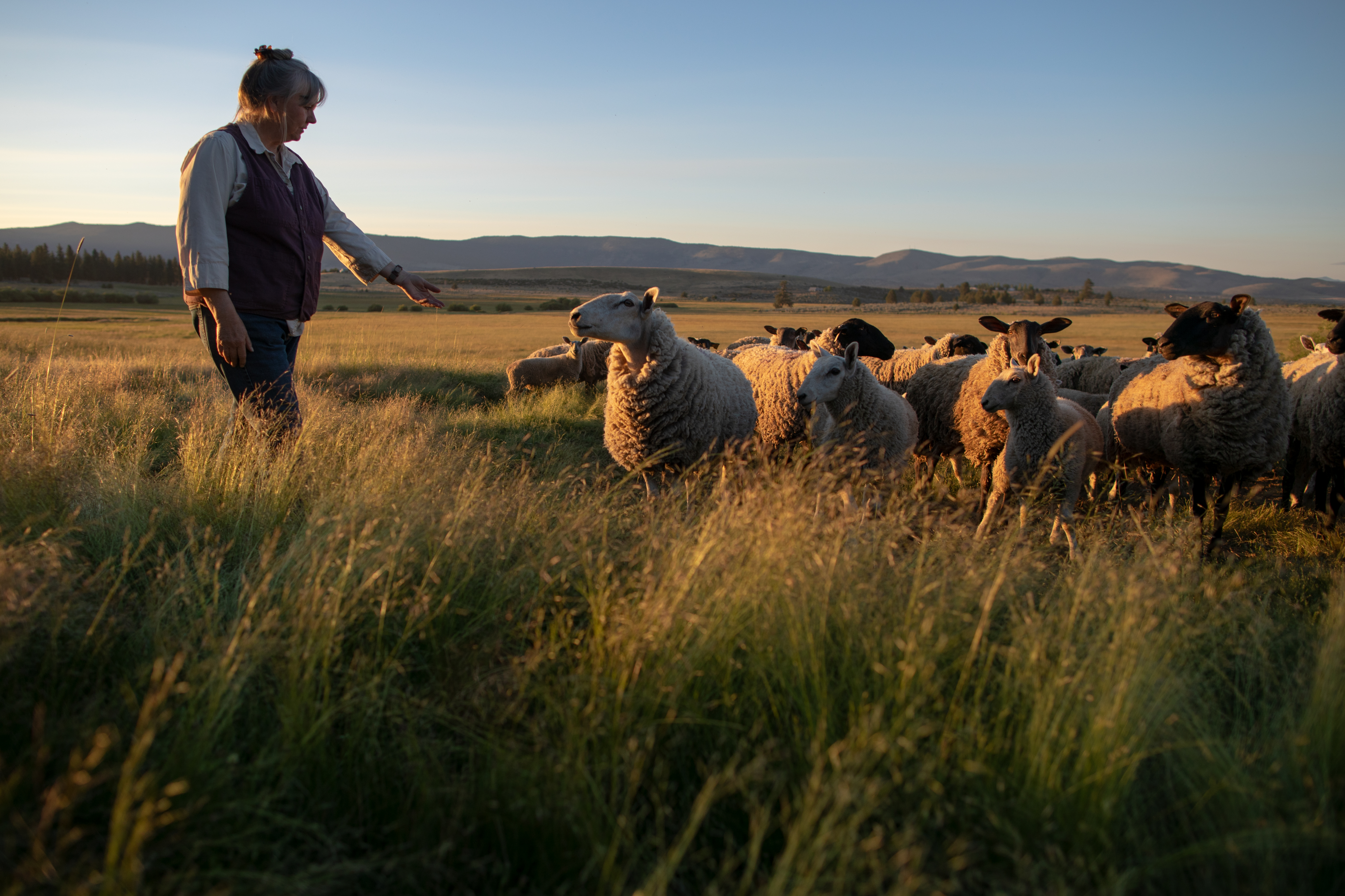
There is a term shepherds use for hill sheep that have become bonded with a specific area of the landscape: hefting. These sheep live and graze without fences by becoming bonded to a location. This bond is passed on each generation so that the flock maintains a sense of belonging. Meeting Hannah Tangeman and hearing her talk about the Hulsman Ranch in Susanville, California, it’s apparent that this is the place she is hefted to. As the fourth generation of women to own this ranch, Hannah’s connection to place is both experiential and inherited.
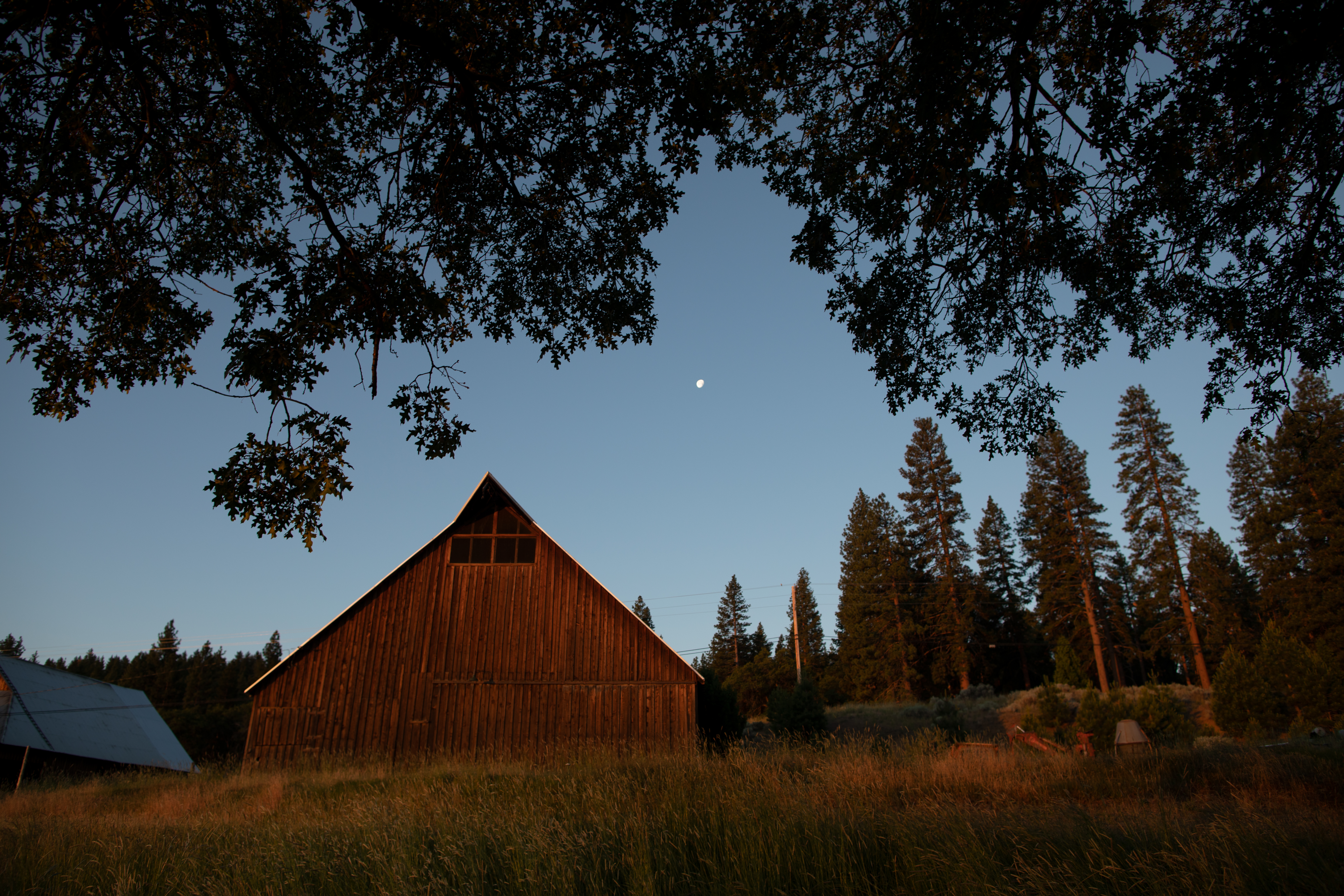
Tracing back her family history, the development of the ranch runs parallel to Hannah’s forbearers. Hannah’s great-grandfather, John F. Hulsman, started working for Peter Lassen (who the county was eventually named for) in 1860 splitting rails and building cabins on his Susanville property. Two years later Peter Lassen was killed and John, along with two partners, bought the property. Over time John was able to buy out the partners and homestead the land with his wife and their seven children, until his death in 1914. The Hulsman Ranch was then passed to John’s wife Hannah who began the legacy of women owners.

From there, Hannah managed the ranch for another 18 years, passing it to her daughter Hannah (II) in 1932. Hannah (II) was able to buy back portions of the ranch that had been sold during financial hardships and helped to raise her orphaned niece, Phyllis Tangeman. Hannah (II) passed in 1961 and Phyllis inherited the ranch, raising her daughters Hannah (III) and Susan there. In 1990 the reins were passed to Hannah Tangeman and her younger sister Susan leading to the current stewardship of the Hulsman Ranch.
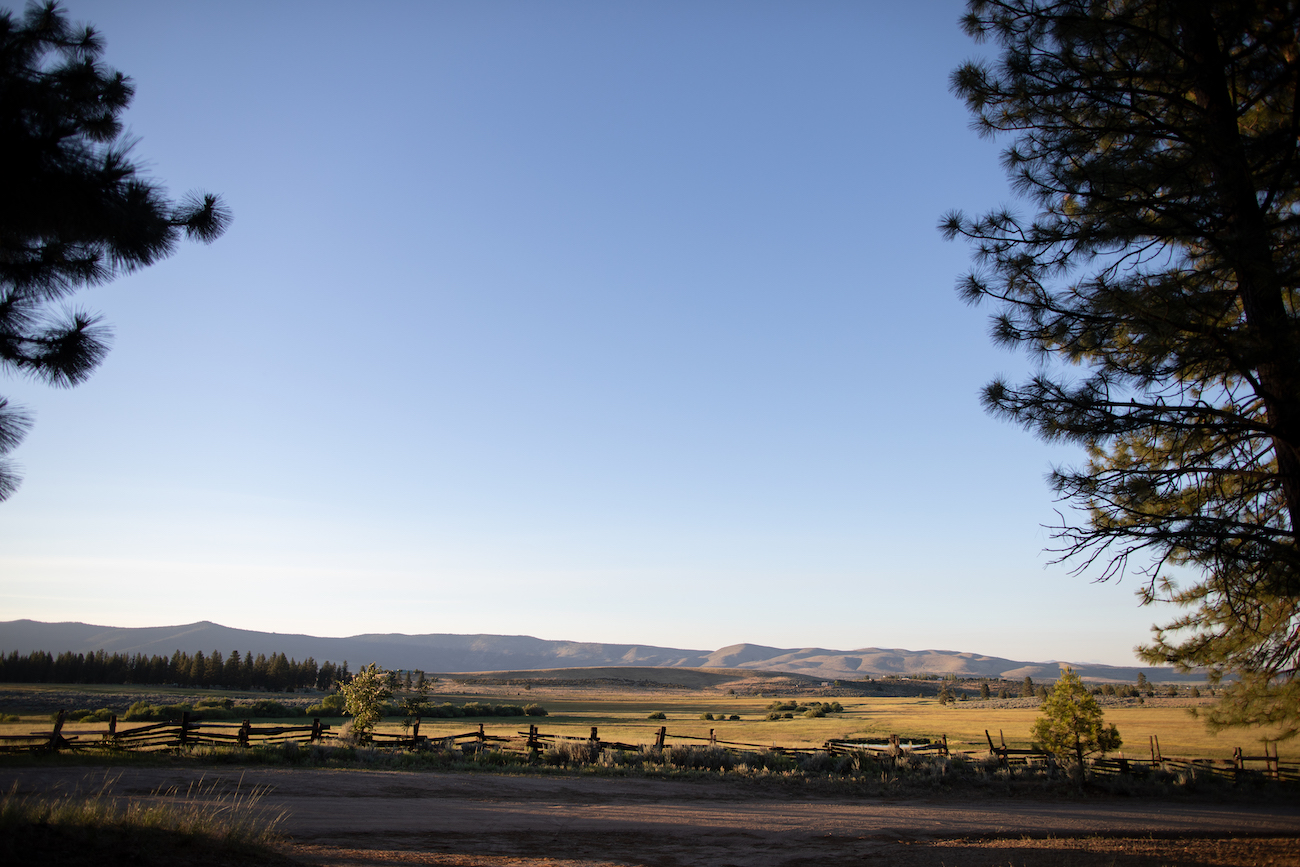
While Hannah grew up on the ranch, she didn’t stay there. After high school, she attended Cal Poly, San Luis Obispo and earned a degree in Agricultural Business. After graduating, Hannah spent six months in Europe for a Young Farmers Exchange program. Over those six months, she stayed with 23 different families throughout England, Scotland, and Northern Ireland. After her mother experienced a series of heart attacks, Hannah decided to forgo pursuing law school and come back home to the ranch. “It just became really clear when I came back, that I couldn’t leave. It was very emotional coming back after six months.”
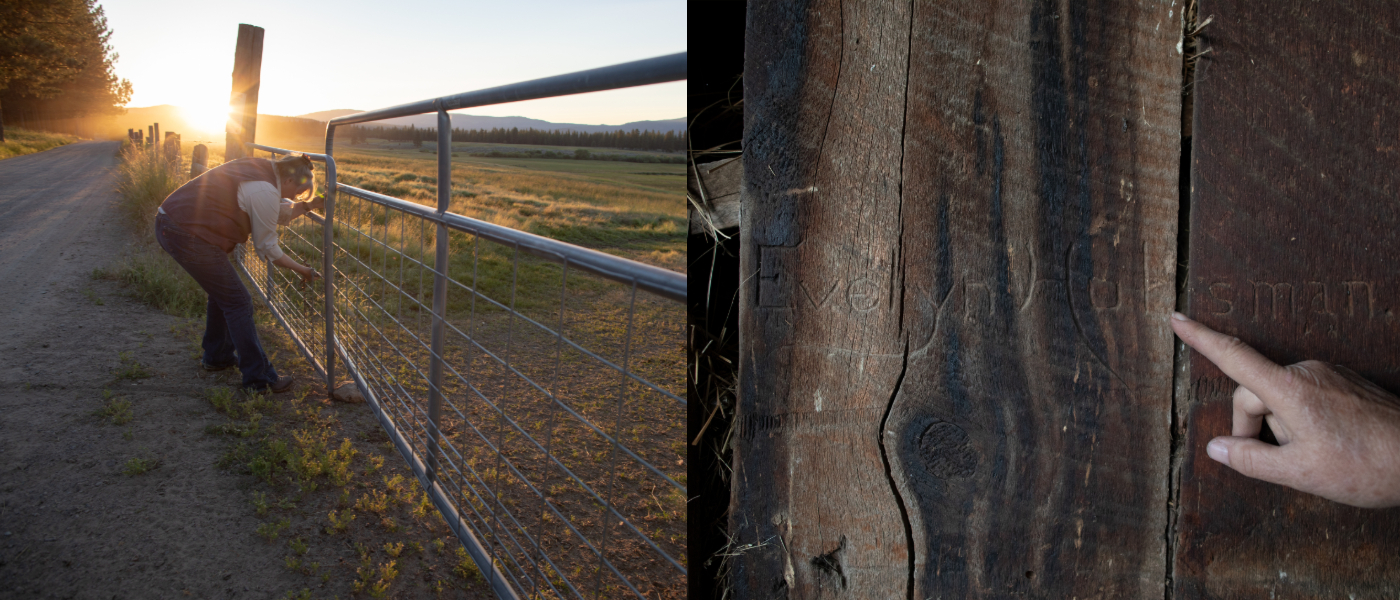
From 1982 until 1990, Hannah got to share time with her mother, learning from her and preparing for what would come. “My mom had always told me, ‘You know, when I die, it’s going to be really tough. You are going to have to be really tough. There is going to be a lot of stuff.’ She was right.” Following Phyllis’ passing, Hannah, who was just 30, along with Susan spent the next three years bearing the loss of their mother while doing the emotional and physical labor of protecting and maintaining the ranch they had inherited. “With family farms, there is a lot of pressure in the legacy. You don’t want to be the person that loses the farm.”
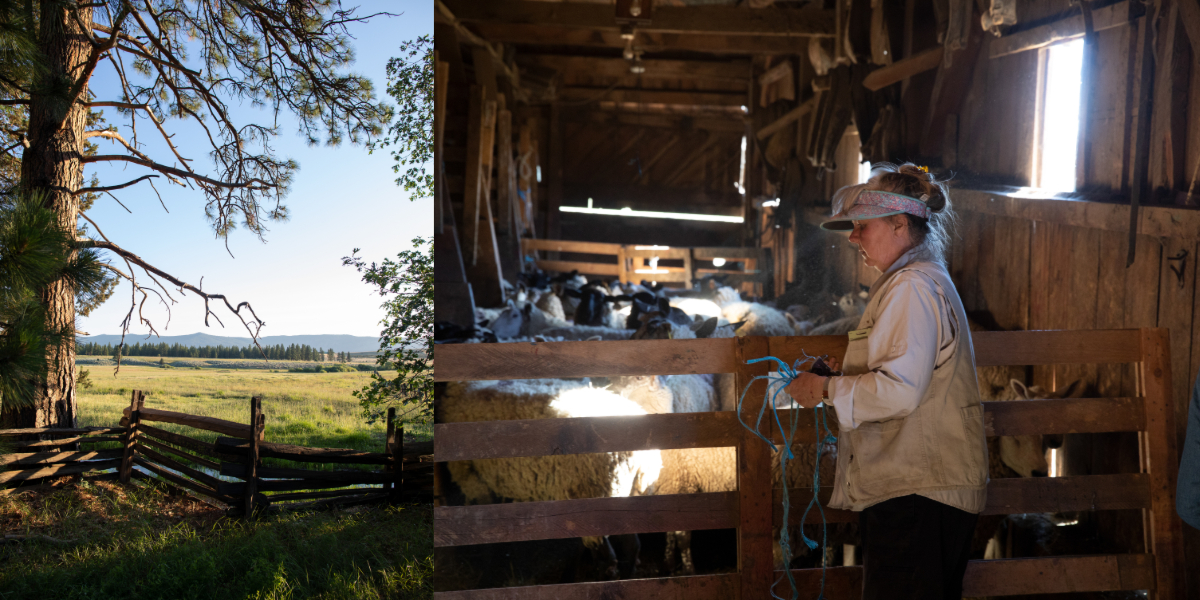
Knowing the history of their family and its connection to the landscape of the ranch has informed the consideration Hannah and Susan put into managing it. Their perspective is holistic, not just looking to the next few years, but the next decade or even century. “We look at it as a landscape as a whole and try to have the health of the entire ranch in mind,” states Hannah. With this perspective, they have sought out plans, conservation easements, agency partnerships, and sustainable practices that support the whole ecology of the land. The first plan they were able to put into place was one that helped monitor the property’s largest resource: timber.
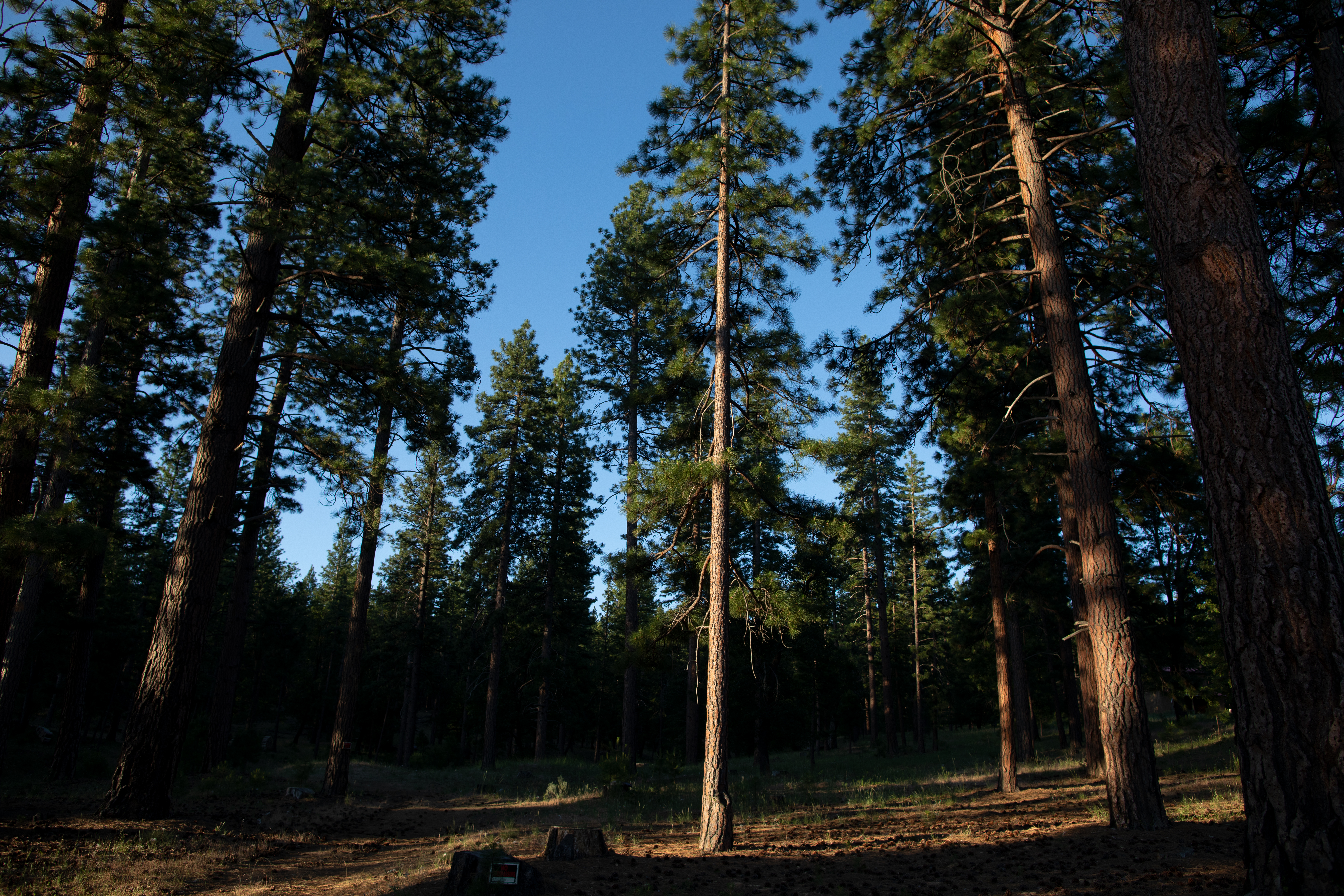
Once Hannah and Susan securely owned the ranch, they sought out a Nonindustrial Timber Management Plan (NTMP). An NTMP is a document similar to an environmental impact report. It’s prepared by a Registered Professional Forester and provides very detailed information about the area’s biological, watershed and archaeological resources. The NTMP is a long-term document that becomes a fixture of the property and holds the landowner accountable for changes to the environment while providing an avenue to harvest timber. As Hannah describes their decision to go through the California Department of Forestry and Fire Protection (Cal Fire) for an NTMP, she says, “We did that to make it more sustainable and get green certified on the timber operation.”
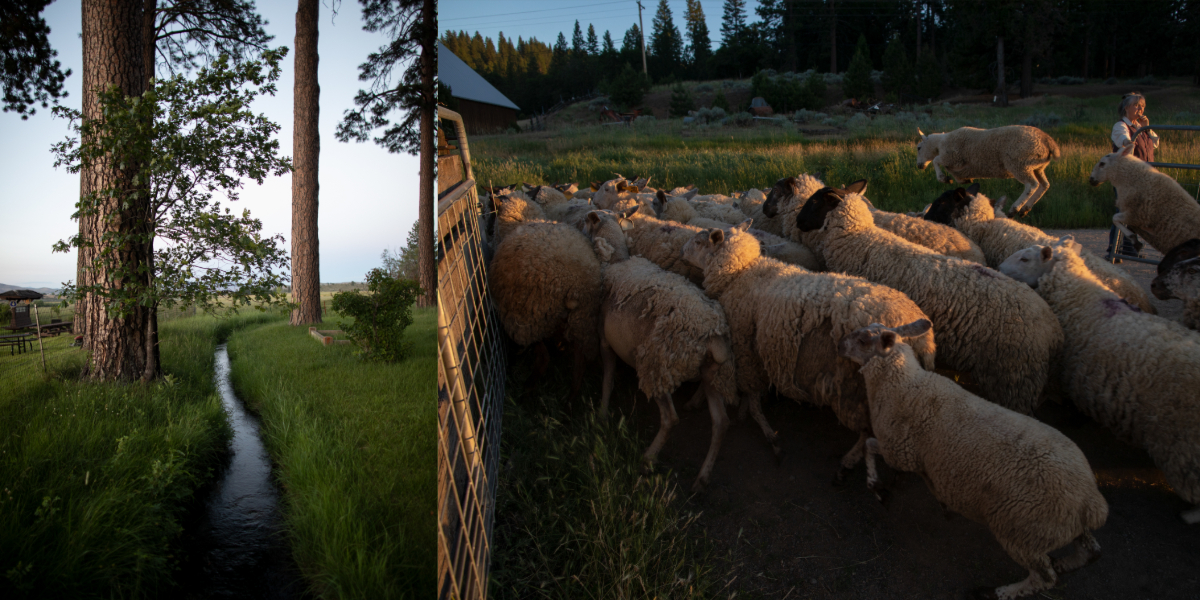
This willingness to work with state organizations and agencies extends to another component of forestry: managing wildfire fuel loads. Like most Californians, Hannah gets a bit anxious when she describes the possibility of a fire. With old-growth trees on the ranch and a long history without a wildfire, Hannah fears it’s just a matter of time. In an effort to manage that threat, Hannah and Susan partnered with the Sierra Nevada Conservancy (SNC) to facilitate a fuel reduction project creating a firebreak behind the houses in their area. Once the fuel reduction zones are created, Cal Fire can put their coordinates into a GPS system, which helps them in planning fire suppression, if a wildfire were to break out. The partnership with SNC helped to make the project feasible for the Hulsman Ranch as well as connect the dots of support between multiple agencies.
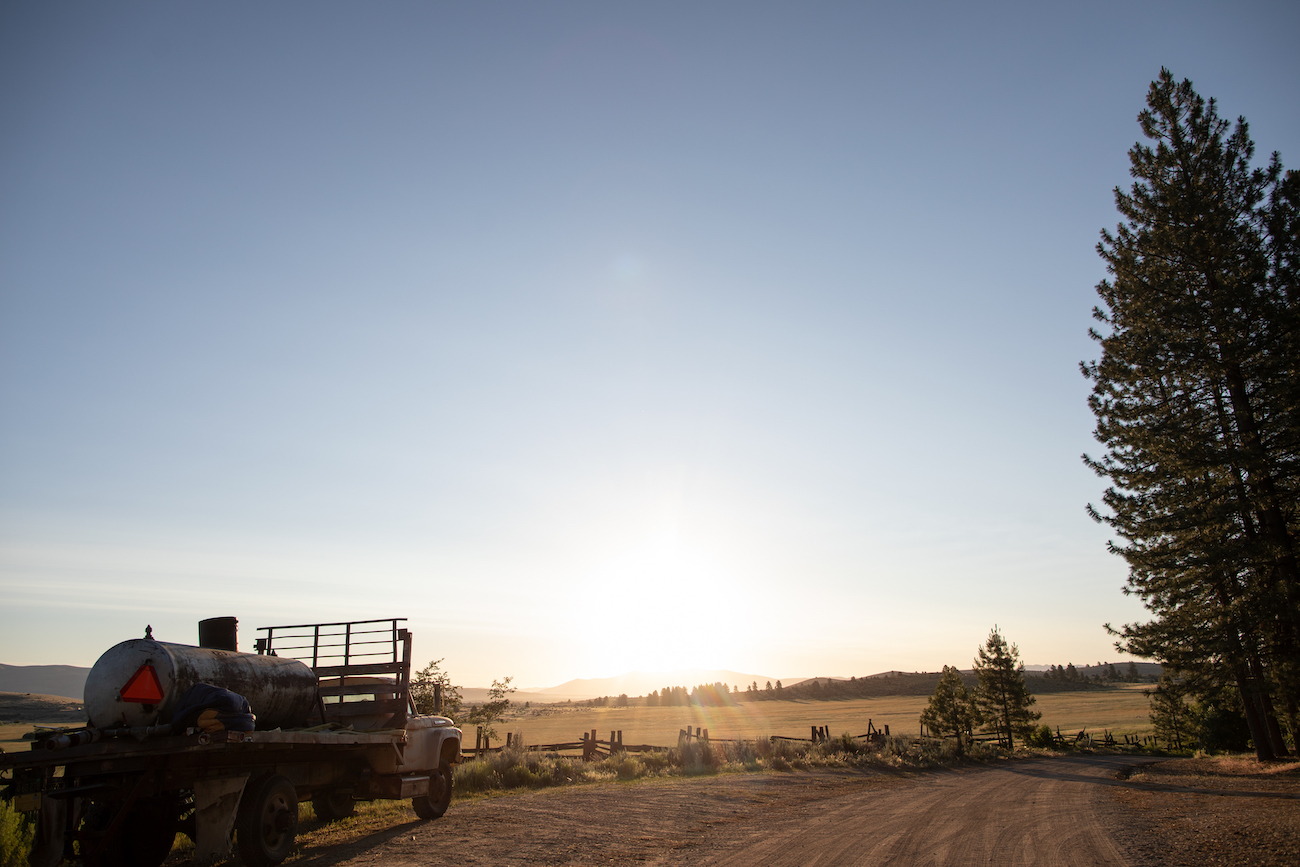
In addition to land management practices, Hannah has a small flock of crossbreed sheep and a herd of Shorthorn cattle. For the sheep, Hannah alternates her flock’s breeding between Cheviots and either Suffolk or Hampshire. She selected the Cheviot for their mothering and the black face breed for their carcass size (meat). With a focus on grass-fed lambs, wool is produced as a by-product. This year Full Circle Wool purchased her fleeces, but when she’s not able to sell them, Hannah uses the fleeces for erosion control and other projects around the ranch.

The Shorthorn are a highly adaptable, but less popular breed of cattle used primarily for beef production. Both the sheep and the cattle are grass-fed on the ranch’s meadow. Each year the meadow produces a hay cut and is then grazed depending on the regrowth. This meadow is comprised of a combination of perennial grasses that include sedges, clovers, needle grass, and California fescue. Since the meadow has never been plowed, it has a rare deep soil structure. Adding to the meadow’s distinction is its irrigation system of hand-dug ditches dating back to the 1860s. Utilizing a passive, gravity-fed approach, the system has weathered the last 150 years without needing improvements or updates. Without a spring or well to irrigate the meadow, Hannah says, “We are at the mercy of the weather.” So, she adjusts her herd size and the grazing rotations accordingly, cutting down during drought seasons so as to not over stress the plants.
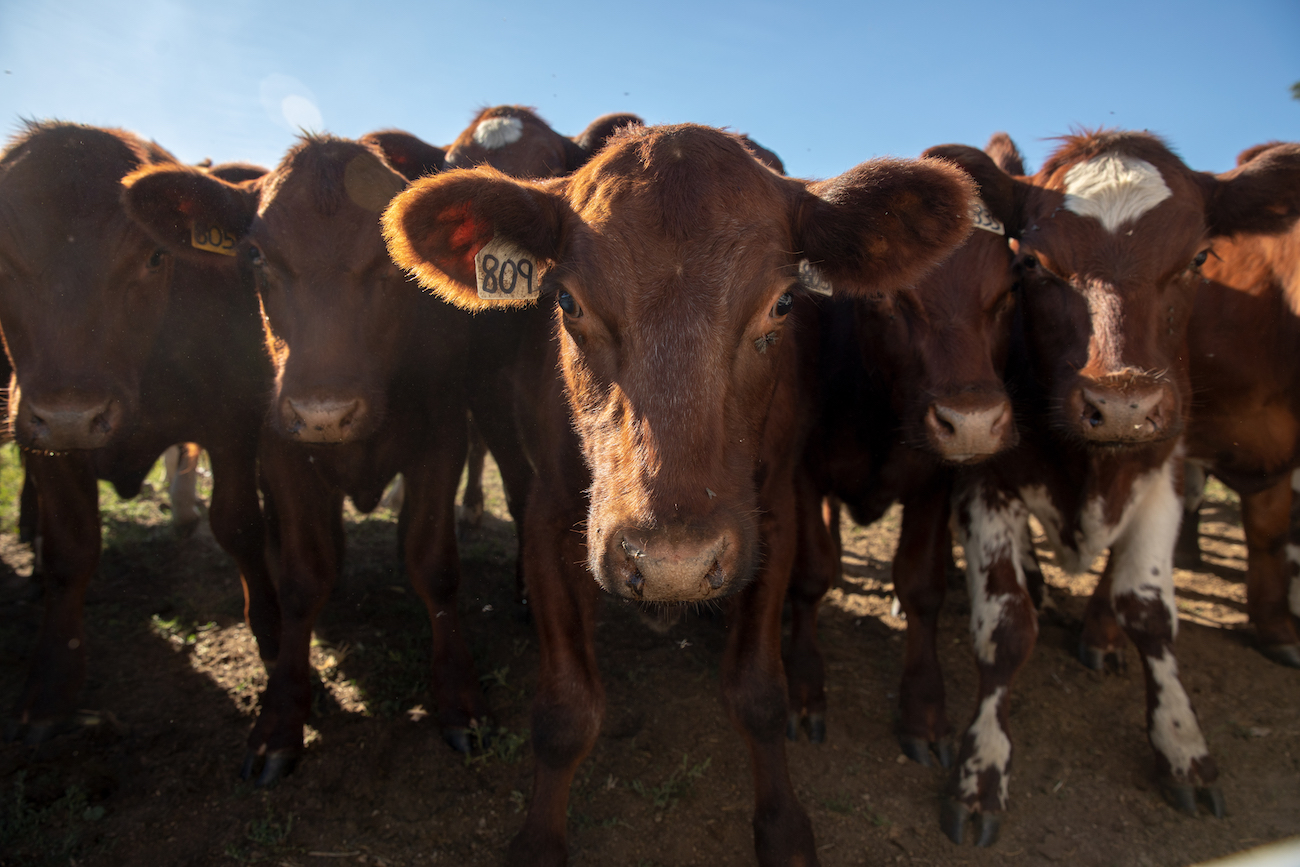
With eyes to the past, present, and future, there are more plans in the works for Hannah and Susan. But between the planning and the stewarding, there are still sheep to bring in each night and hay to put up. The daily tasks may seem menial, but as Hannah puts it, “Being out there reinforces everything in life —having a hand in maintaining how things are.” The large plans and the small tasks are both a part of continuing the ranch’s legacy to see and treat the land as a whole.
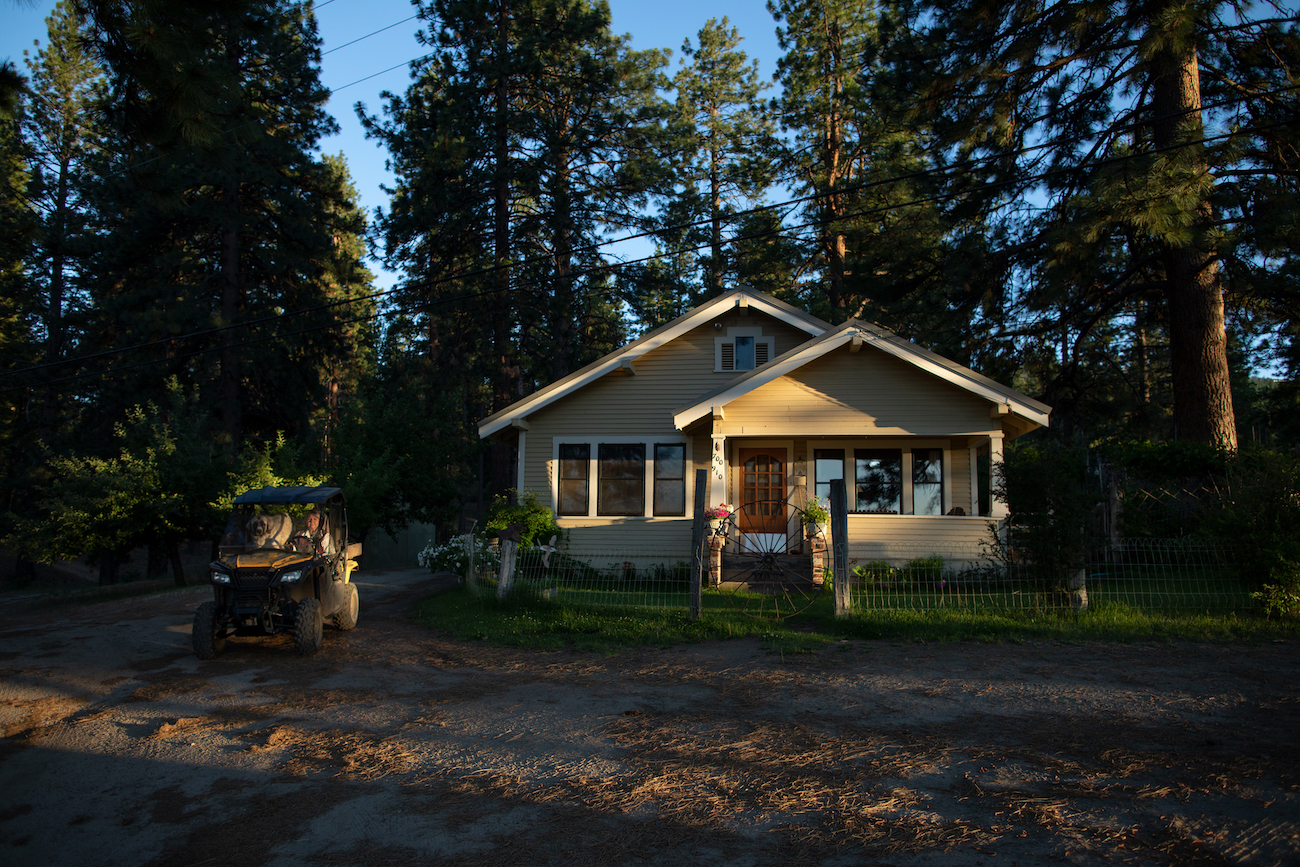
Hulsman Ranch’s grass-fed beef and lamb is available at food co-ops in Tahoe City, Truckee, Redding and Susanville, CA as well as Reno, NV. Learn more about Hulsman Ranch by visiting their Fibershed directory page.





